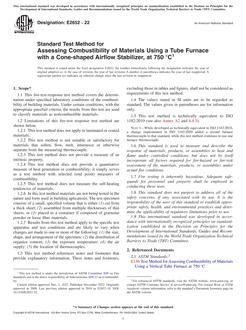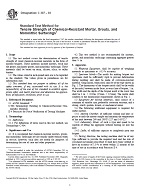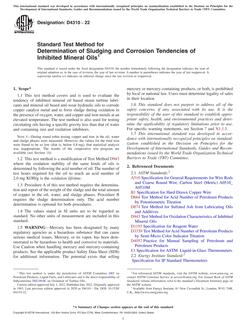1.1 This test method describes an in-situ penetration plus expansion test. The test is initiated by forcing the steel, flat plate, dilatometer blade, with its sharp cutting edge, into a soil. Each test consists of an increment of penetration, generally vertical, followed by the expansion of a flat, circular, metallic membrane into the surrounding soil. The test provides information about the soil’s in-situ stratigraphy, stress, strength, compressibility, and pore-water pressure for use in the design of earthworks and foundations.
1.2 This method includes specific requirements for the preliminary reduction of dilatometer test data. It does not specify how to assess or use soil properties for engineering design.
1.3 This method applies best to those sands, silts, clays, and organic soils that can be readily penetrated with the dilatometer blade, preferably using static push (see 4.2). Test results for soils containing primarily gravel-sized particles and larger may not be useful without additional research.
1.4 This method is not applicable to soils that cannot be penetrated by the dilatometer blade without causing significant damage to the blade or its membrane.
1.5 The American Society for Testing and Materials takes no position respecting the validity of any patent rights asserted in connection with any item mentioned in this standard. Users of this standard are expressly advised that determination of the validity of any such patent rights, and the risk of infringement of such rights, are entirely their own responsibility.
1.6 This standard does not purport to address all of the safety concerns, if any, associated with its use. It is the responsibility of the user of this standard to establish appropriate safety and health practices and determine the applicability of regulatory limitations prior to use.
Product Details
- Published:
- 02/10/2001
- Number of Pages:
- 15
- File Size:
- 1 file , 300 KB


